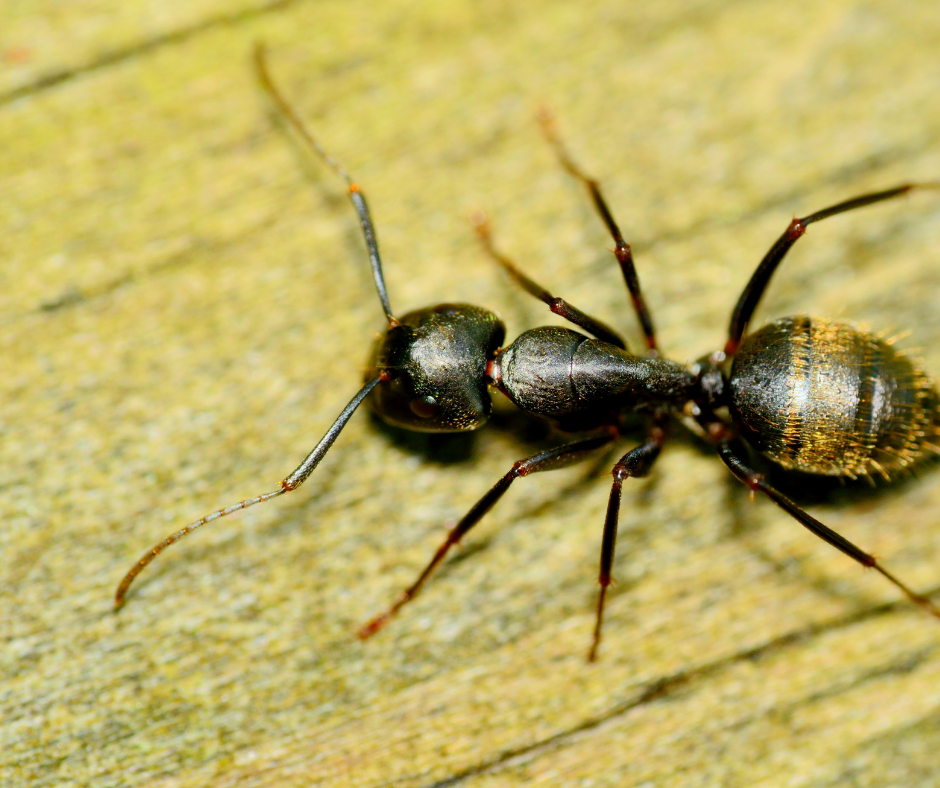Inspect
For every ant treatment, our specialist will thoroughly review your home, determine the entry points, and prepare a quote for your service.
Prepare
Ant treatments do not require any special preparation. Our technician can enter your home and perform the treatment with you, your family, and your pets present.
Treat
Our treatment procedure involves a system of baits and sprays. Your technician will perform service on both the internal and external parts of your home.
Identifying Carpenter Ants
"Graduate has kept my house bug free and eliminated the ants in my outbuildings. Glenn and Nate did a great job covering the area."
Carrol C.
Carpenter Ant Control

Carpenter ants get their name because they excavate wood in order to build their nests. Their excavation results in smooth tunnels inside the wood. Size ranges from one-fourth inch for a worker ant to up to three-fourths inch for a queen in the most common species.
Carpenter ants range from red to black in color and build nests in deteriorating, moist wood; often the colony will extend its nest into adjacent, sound wood. They are commonly found in porch pillars and roofs, window sills, telephone poles, live and dead trees, rotting logs, and stumps and wood in contact with soil. Carpenter ants damage wood through their nest building. If they gain entry to a structure, they pose a property threat.



